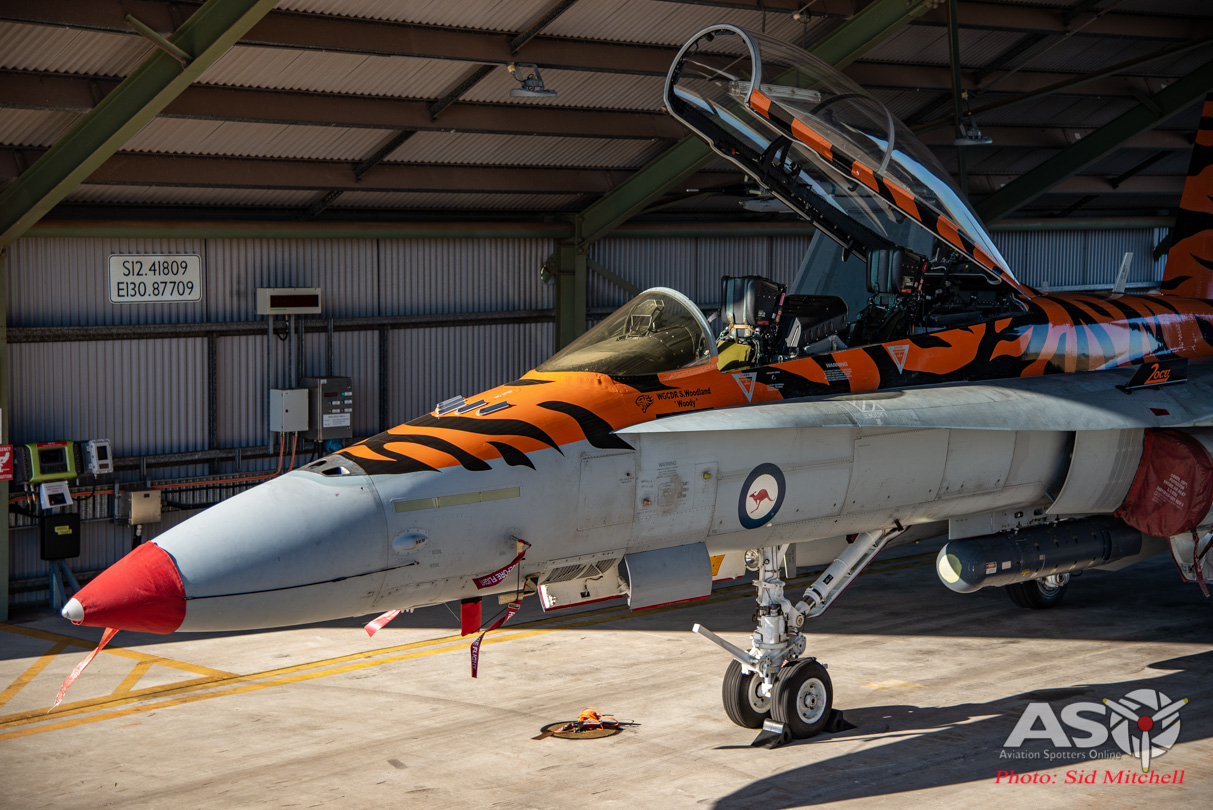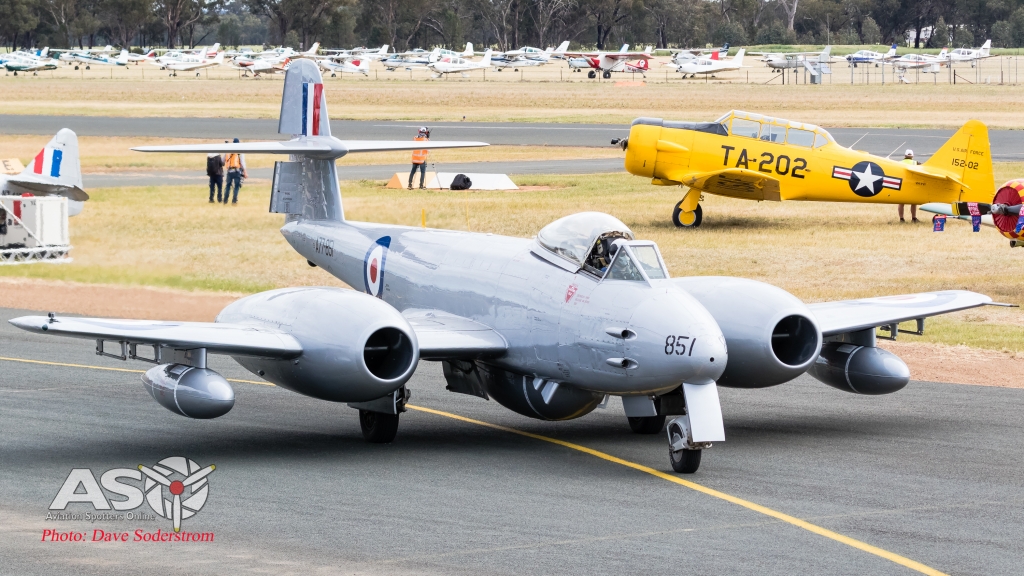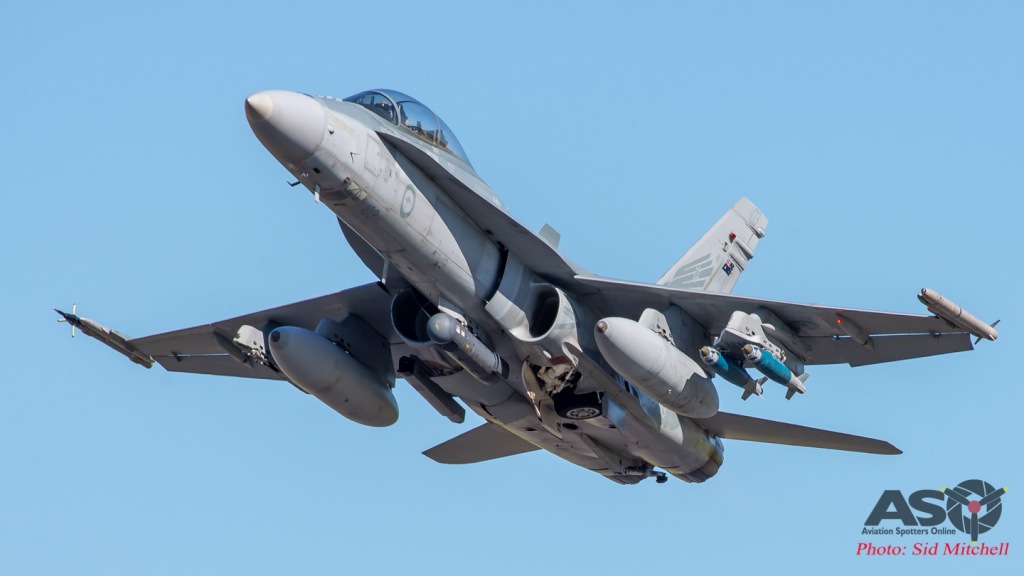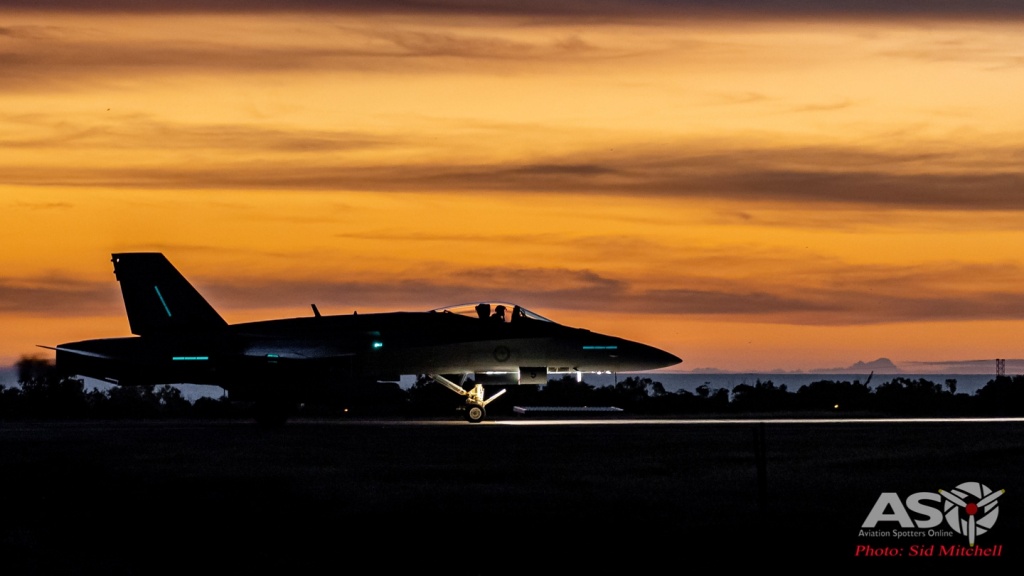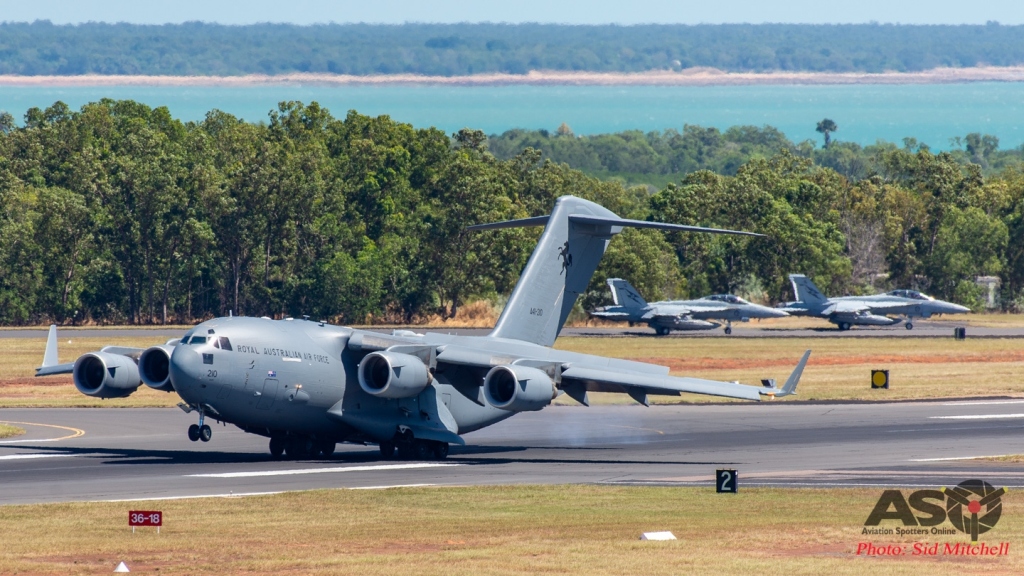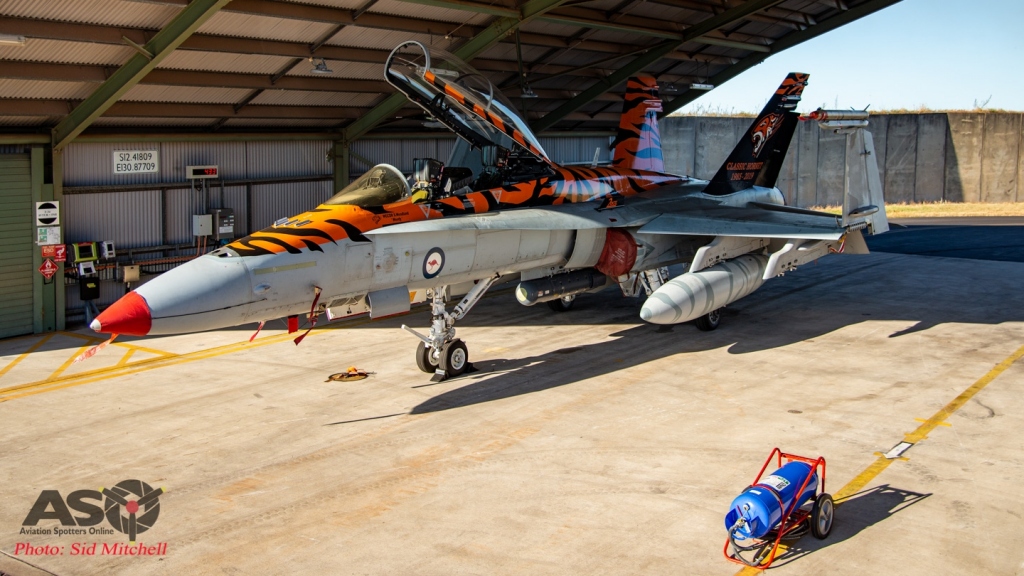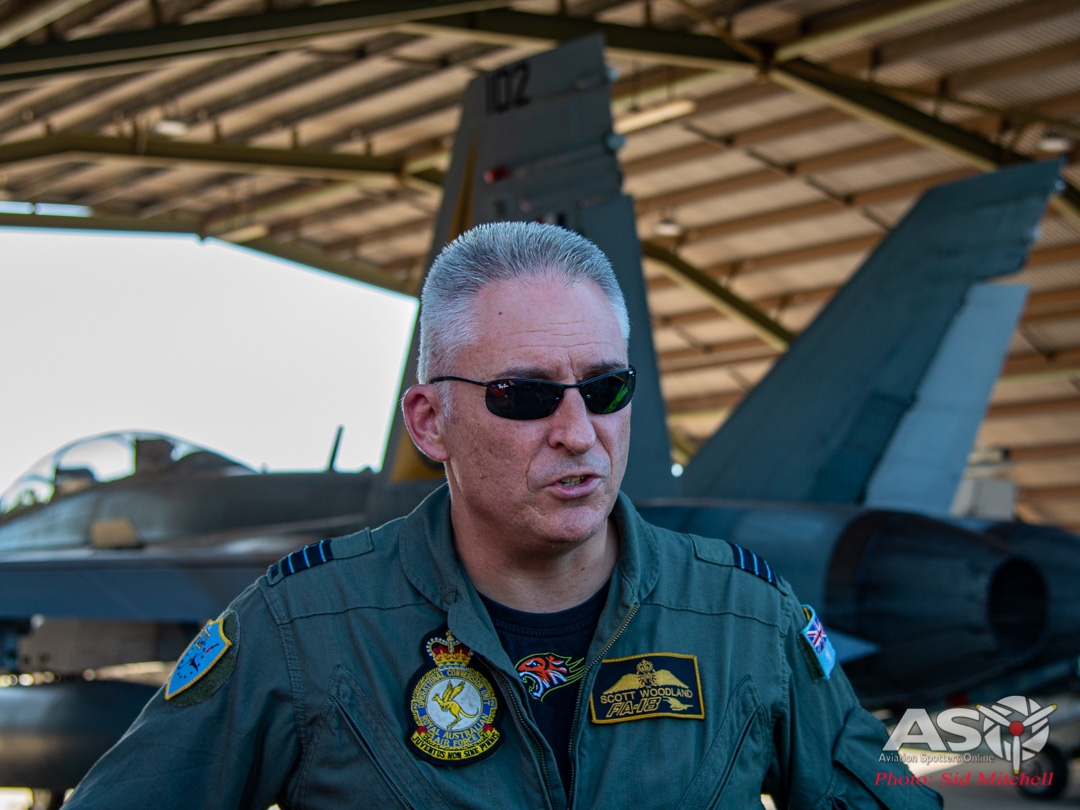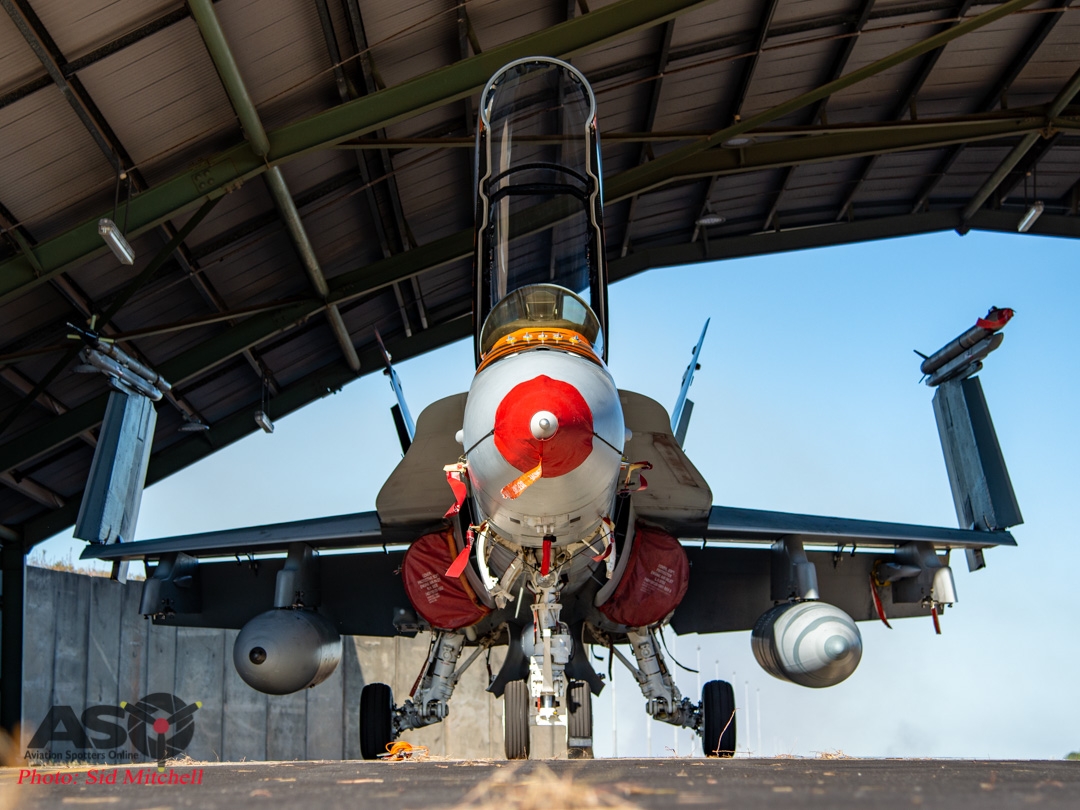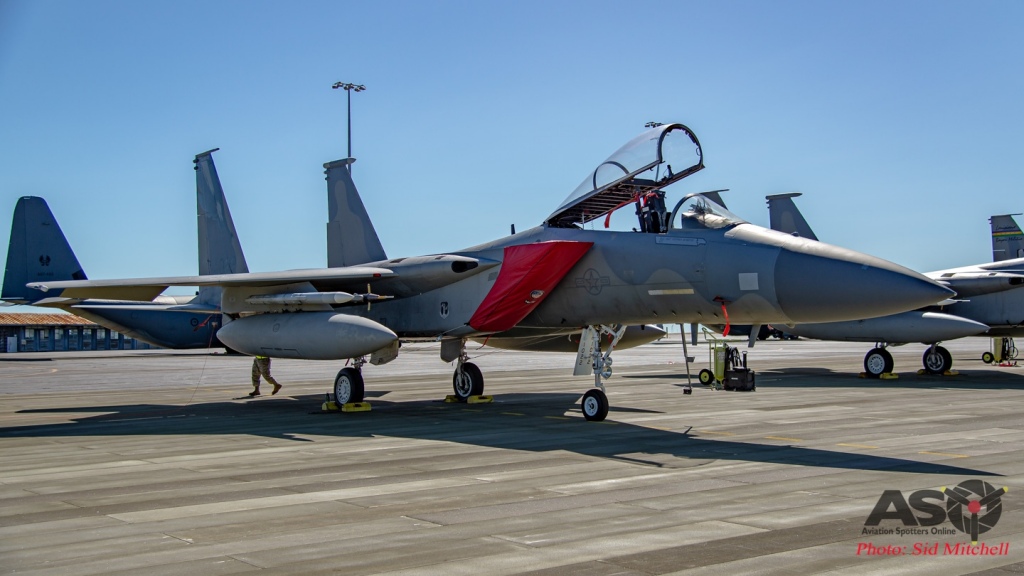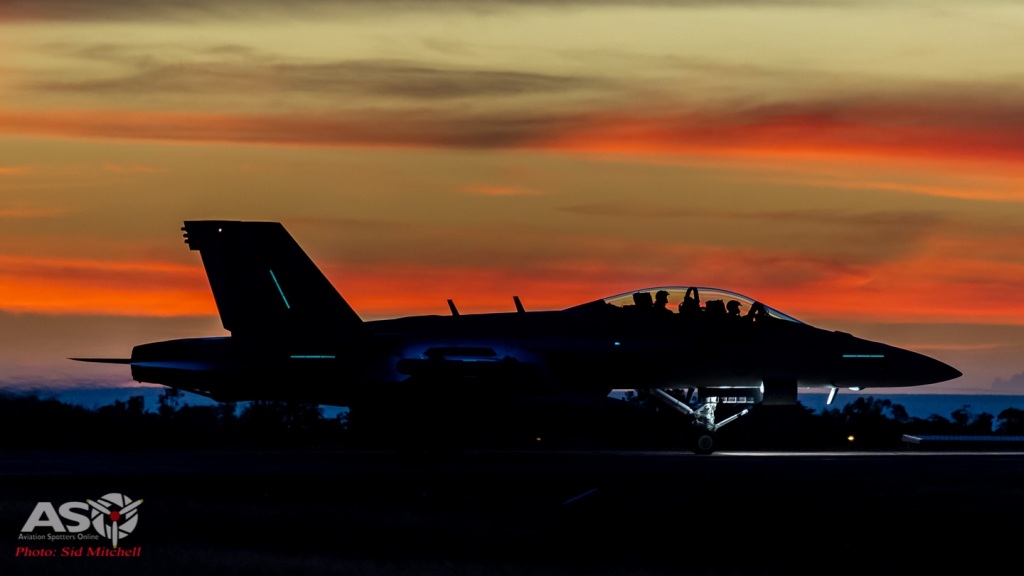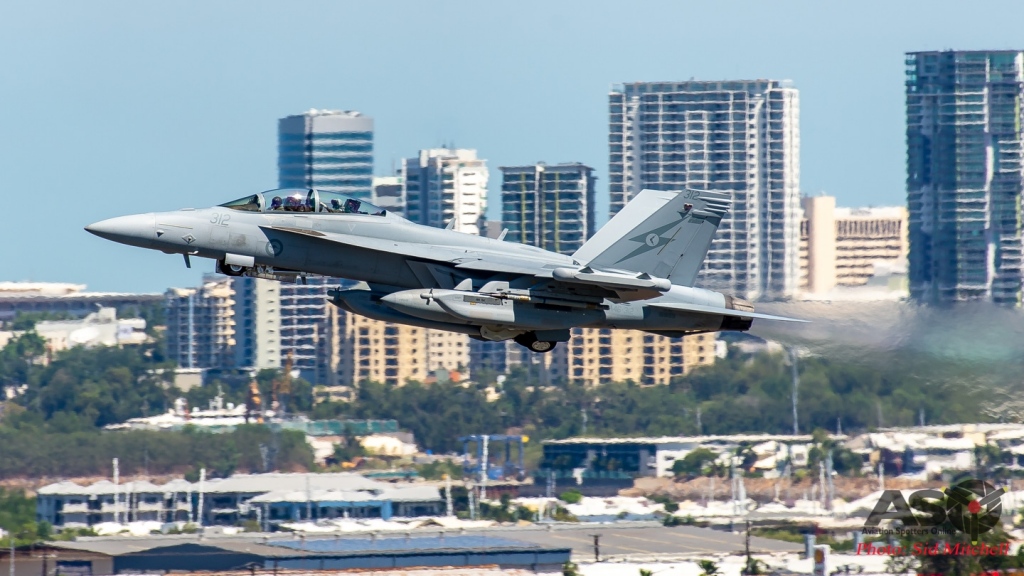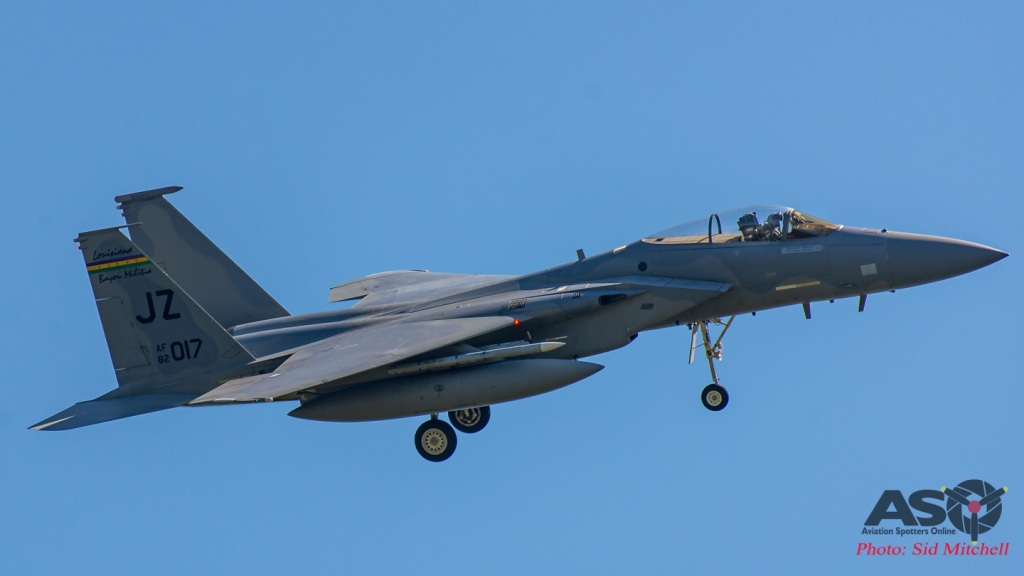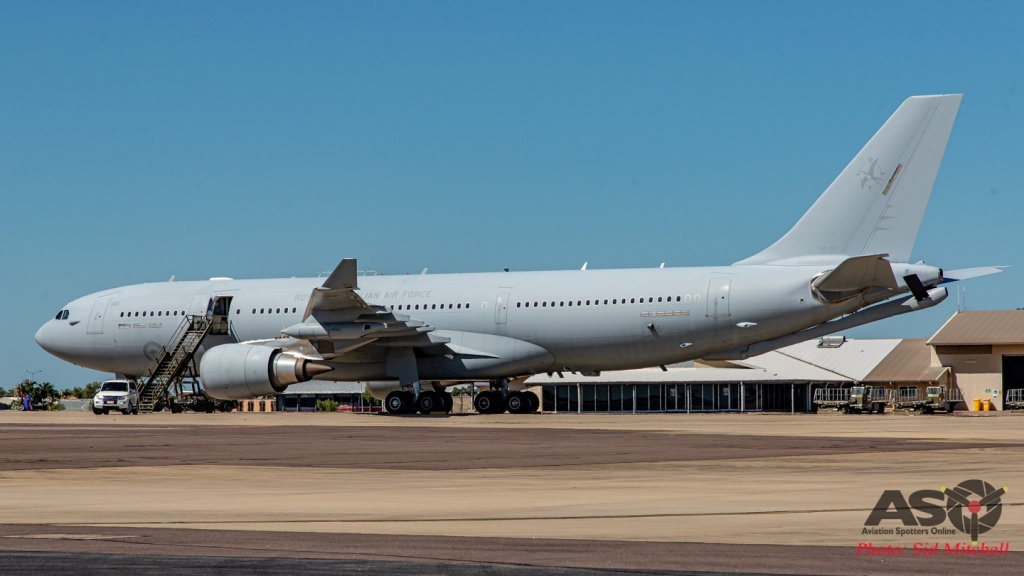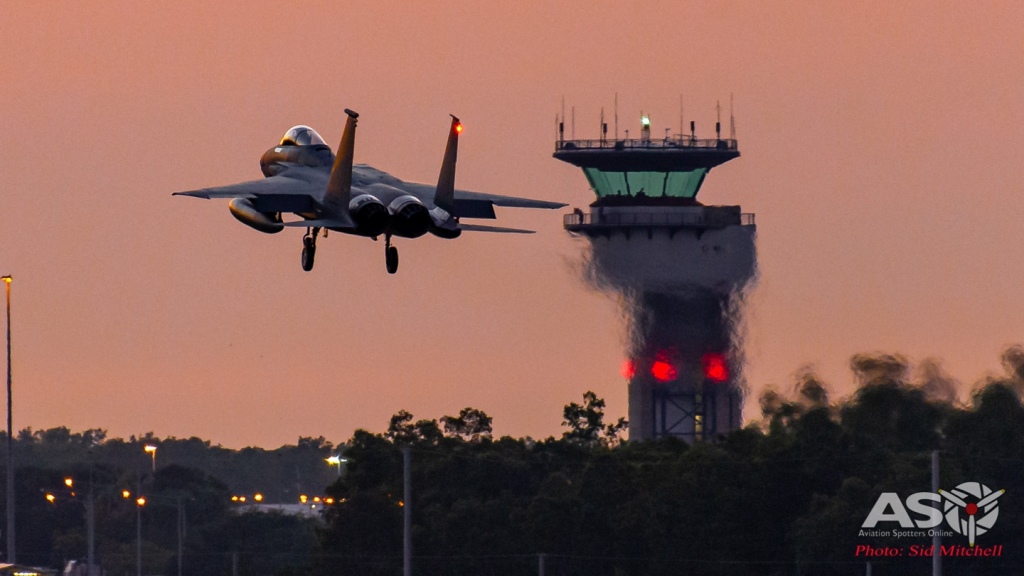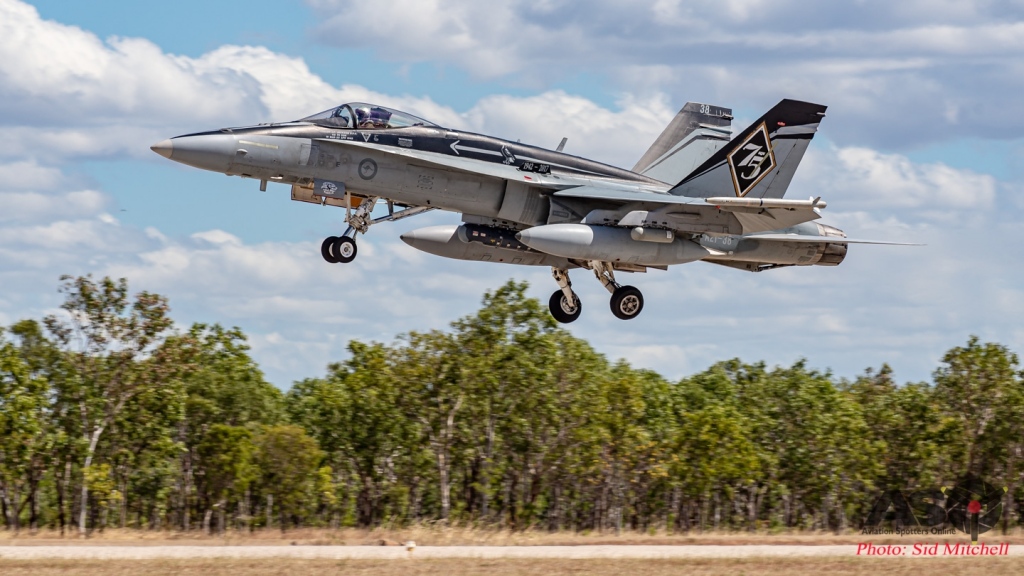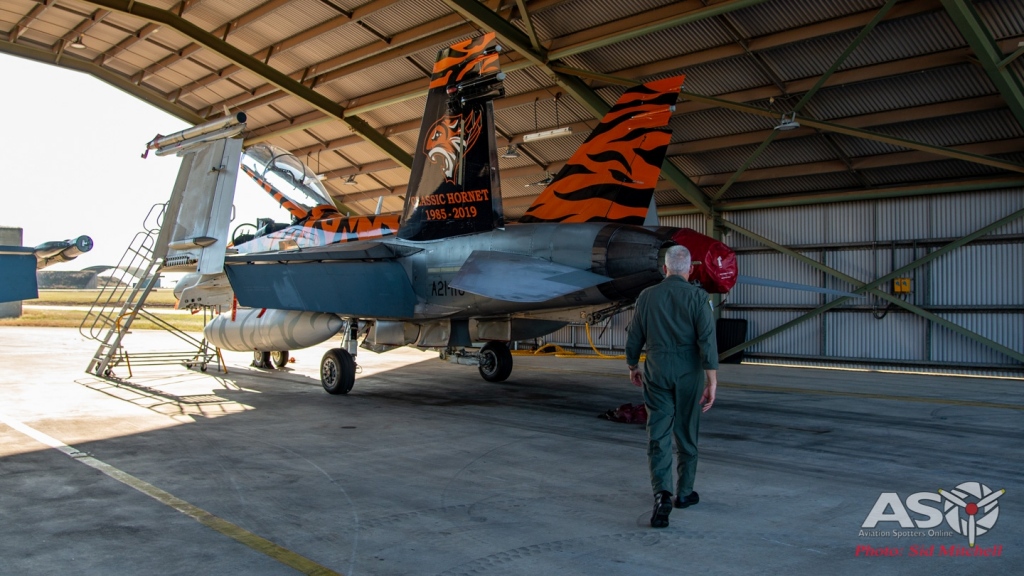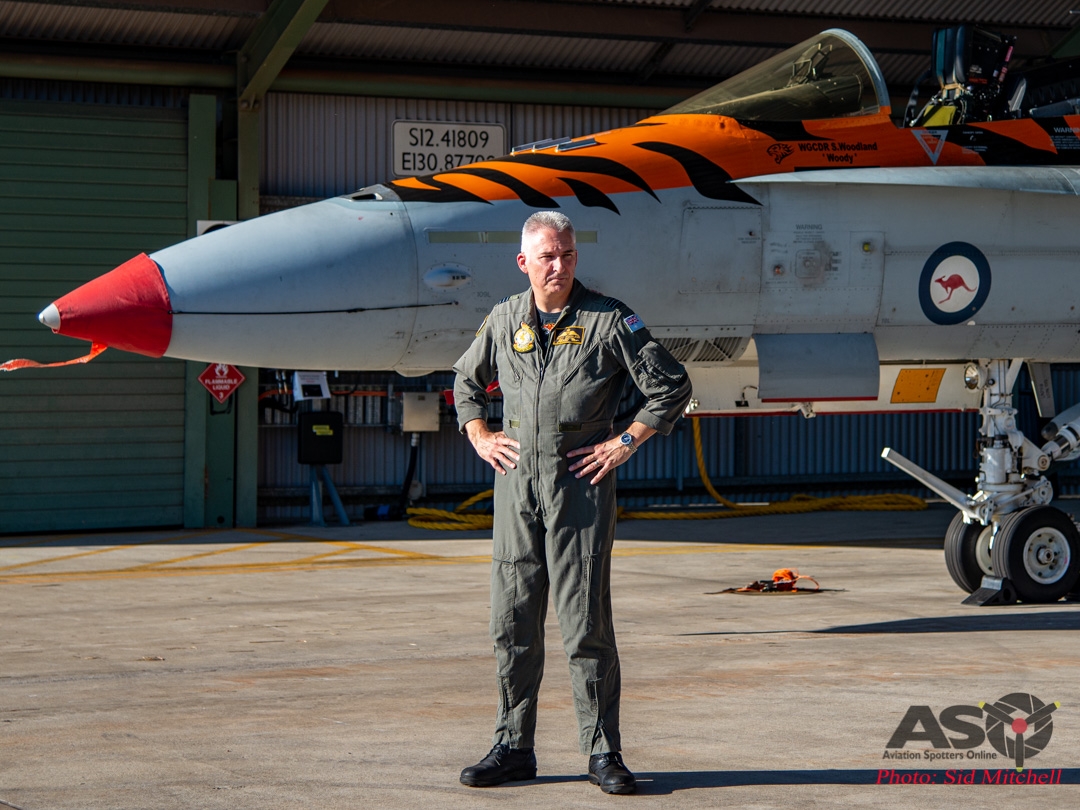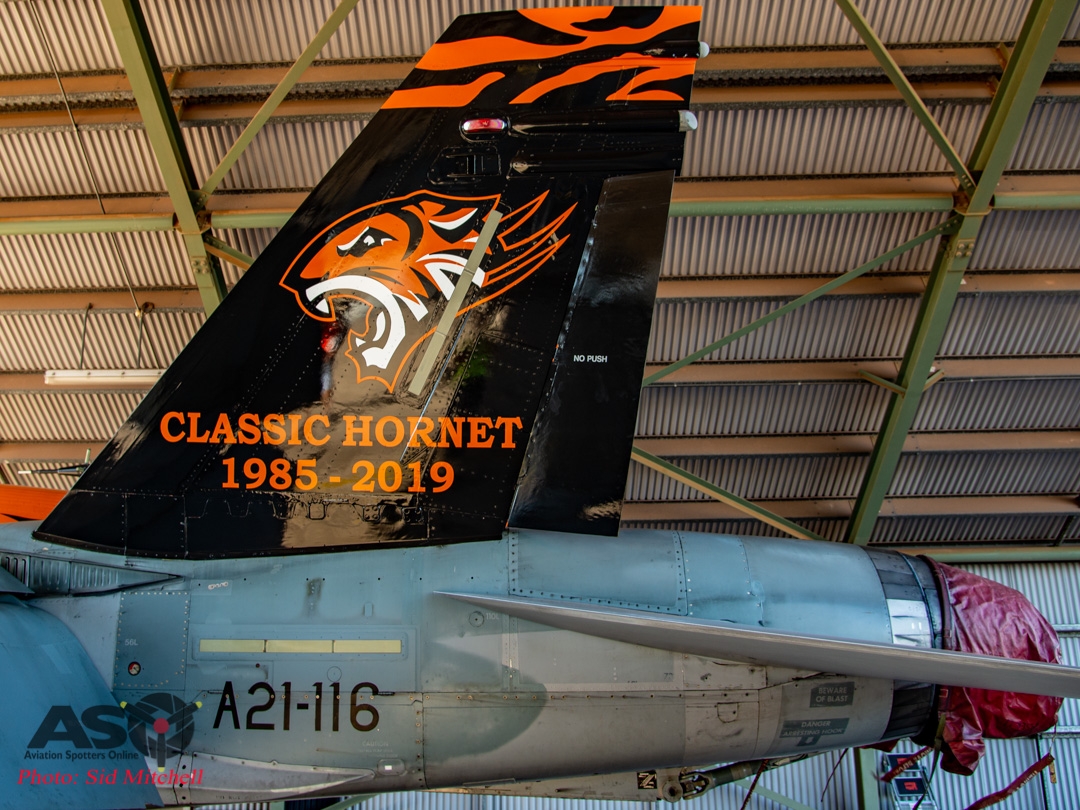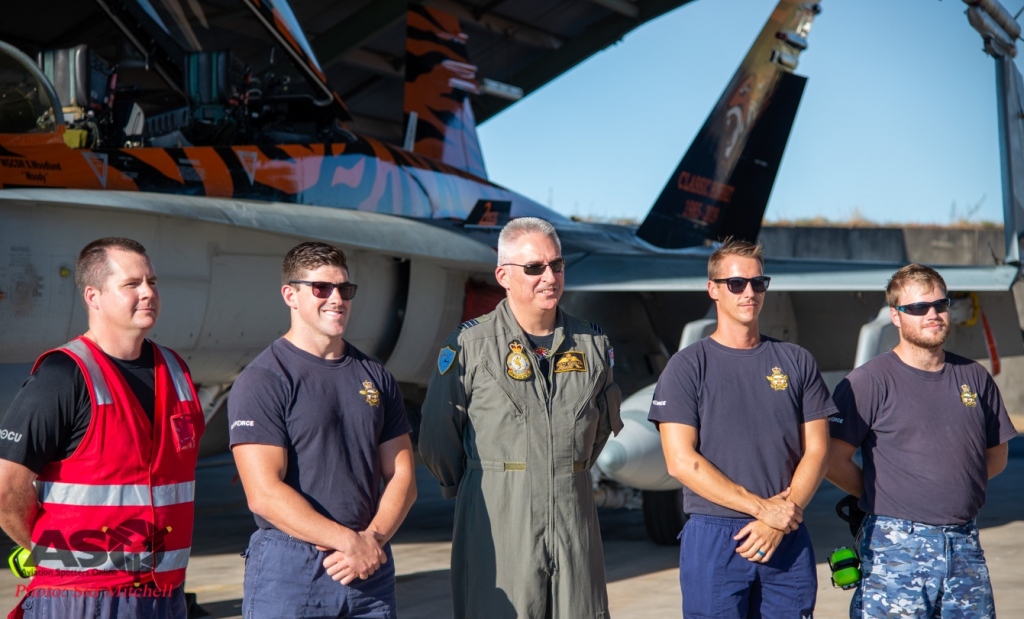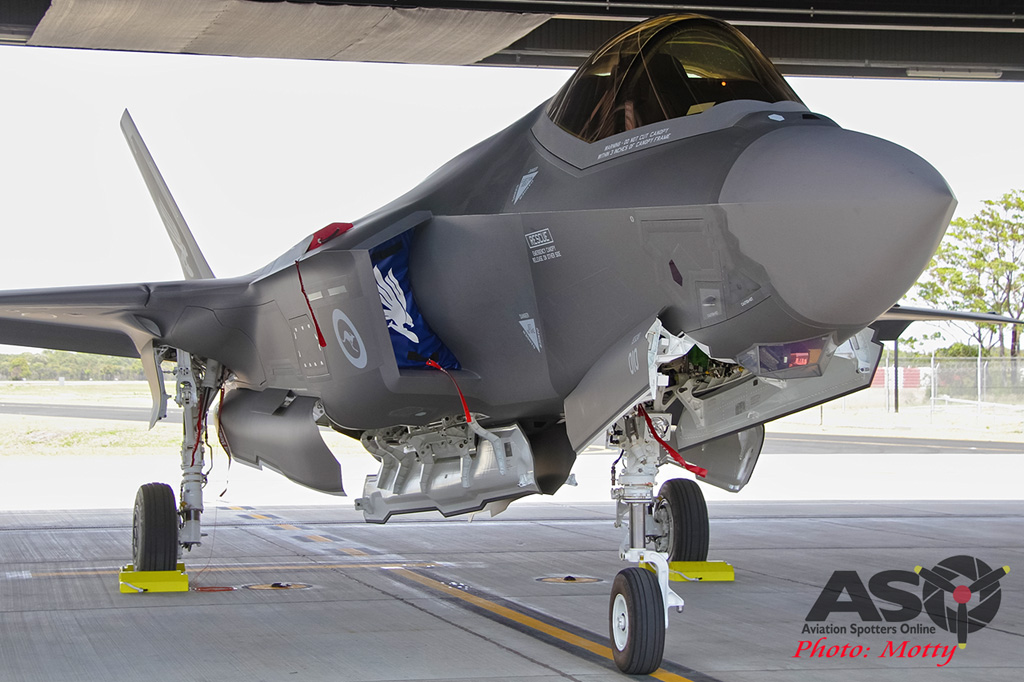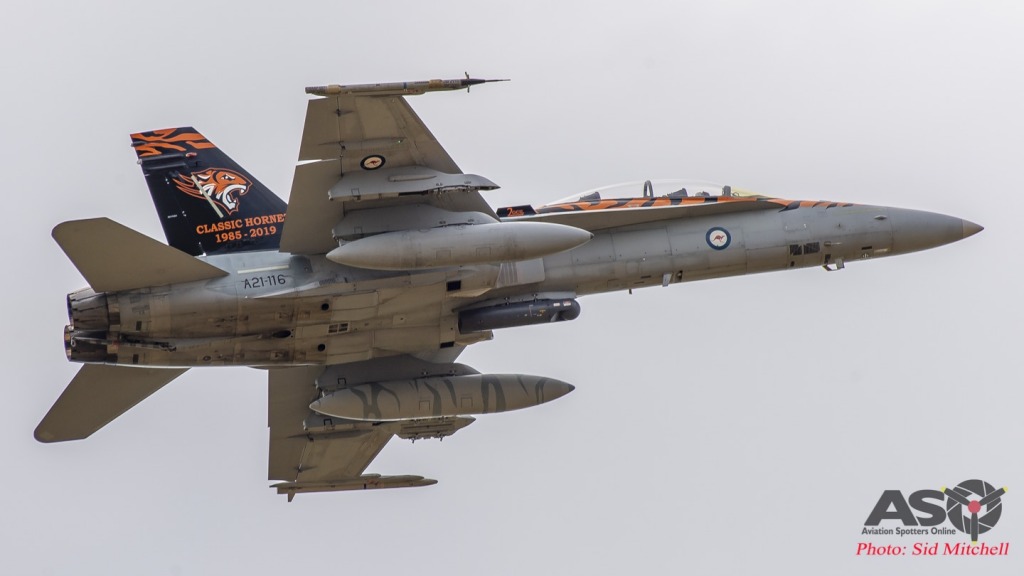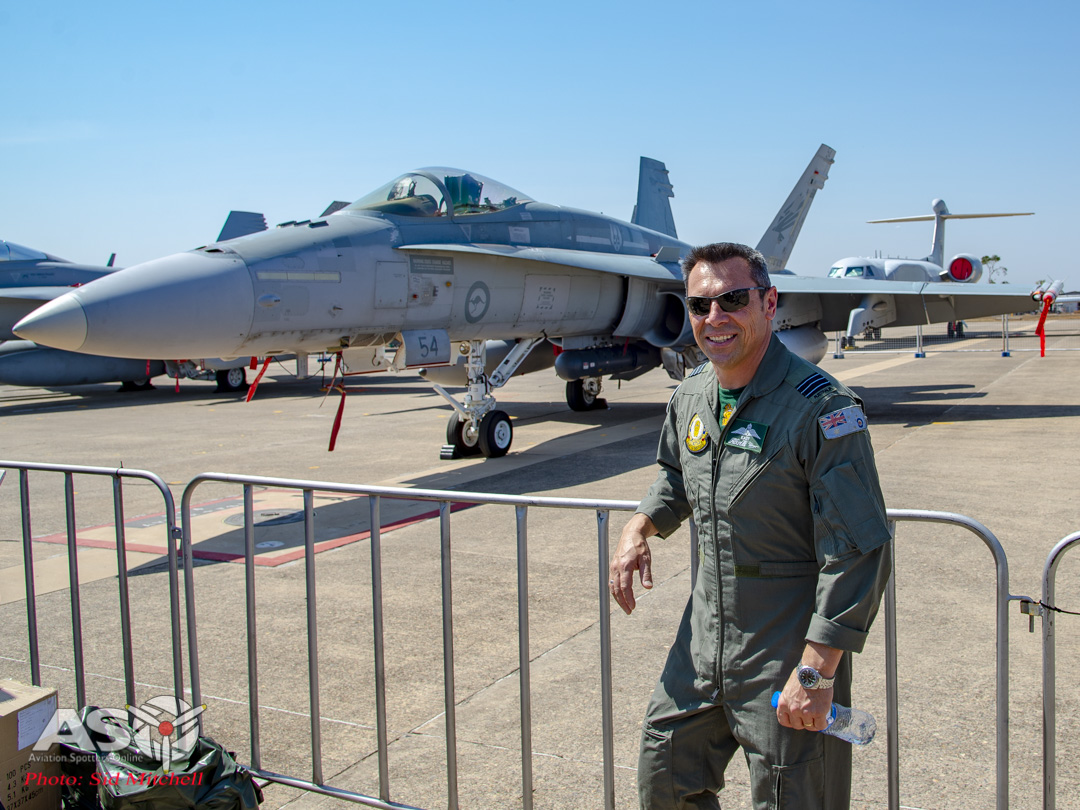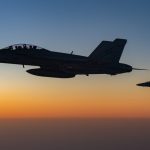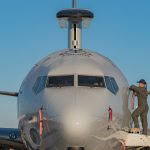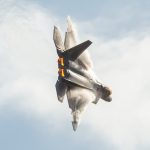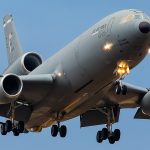The Air Warfare Instructor Course (AWIC) hasn’t always been in the current format we see at the latest series of Diamond Exercises – Diamond Shield, Diamond Seas and Diamond Storm, each in itself a unique phase of training where the ADF makes the best even better.
The Royal Australian Air Force has long been in a process of recognising the need for change so the service can stay at the sharp end of combat training and capability. As military technology changes, defence forces need to adapt, and that means understanding how you can maximise what you have in the inventory and those that use it, but more importantly, how can you improve. The Air Force is a complex system that has many individual elements that are interlink to provide the ‘big picture’ in modern warfare. With complexity comes the need to prepare your personnel to use the tools at hand and sometimes push beyond the boundaries to complete a mission – a far cry from the early days of HQ sending aircrew up to patrol and hopefully engage enemy in aerial combat…..and be the victor.
In a world where countries have military partners that they train closely with, this also means adopting strategies, tactics and common practices or understandings that allow them to operate as a coordinated, cohesive and integrated force when deployed to areas of natural disaster or conflict.
Between WWII and the Korean War, Royal Australian Air Force pilot Wing Commander R C Cresswell (DFC), often refered to as ‘Dickie’ Cresswell, recognised the need to properly train RAAF pilots, partly from his own experiences as a fighter pilot and also from seeing the decline of meaningful training post WWII. Dickie Cresswell had been CO of No. 77Squadron twice in WWII and then again during the Korean conflict, and had gained a wealth of combat flying experience during this time.
WGCDR Cresswell also had some experience in training – he had been an instructor at No.2 (F) Operational Training Unit in 1943 plus the Crew Conversion Unit (CCU) Chief Instructor and had also developed the P-51 Mustang conversion course at war’s end. His experience in the Korean War, once 77Sqn had converted over to Meteor jets, saw him sending some poorly trained pilots back to Australia for re-training. He saw first hand and understood the additional load placed on the active squadrons to train new pilots on new aircraft which only reinforced his belief that dedicated training units needed to be formed. These training units could then send properly trained aircrew to the various active squadrons without those squadrons wasting resources.
He came to the opinion that the RAAF should provide the best air to air fighter combat tactics possible, and from that No.2 (F) Operational Training Unit was re-formed at Williamtown in March 1952. No. 2OTU had previously been a unit based at Port Pirie (S.A) and Mildura (Vic) during WWII, but had been disbanded in 1947.
WING COMMANDER R C Cresswell DFC, Stepping out of the first CAC Avon Sabre to arrive at RAAF Base Williamtown.
WGCDR Cresswell took command of No. 2 OTU at RAAF Base Williamtown in May 1953 and from early 1954 the Fighter Combat Instructor course was delivered to pilots. The FCI course syllabus continued evolving and improving fighter combat techniques throughout the introduction of the CAC Sabre to 2OTU.
In 1964 the Mirage IIIO/D was introduced and a revised Fighter Combat Instructor course began in late 1968 at the now renamed No. 2 (Fighter) Operational Conversion Unit (No. 2 OCU). A number of current Airforce Staff Level Officers are those that undertook the FCI course as a Mirage pilot and attended Aces North, the exercise associated with the FCI course.
In 1985 Mirage FCI courses were temporarily conducted by No. 77 Squadron as 2OCU converted to the newly arrived McDonnell Douglas F/A-18 Hornet, which was a further leap in technology and performance.
2OCU resumed FCI training and by 2015 had concluded No. 33 FCI course at Exercise Aces North in the Northern Territory. The FCI course had continued to evolve, becoming more complex with the inclusion of the F/A-18F Super Hornet, E-7A Wedgetails and KC-30 MRTT tankers. With this last FCI course under the umbrella of Air Combat Group, the ownership of the course moved to the Air Warfare Centre and with that came a change in title. Since 2017 it has been refered to as the Air Warfare Instructors Course (AWIC).
The AWIC is now a complicated and high pressure candidate training program than includes multiple branches of the ADF, partner nations, mainly the United States, delivering vastly different challenges for the trainee instructors. This can be attributed to the number of linked platforms involved in the exercises. No longer is the FCI/AWIC just an air to air combat exercise, it now involves additional Force Elements Groups such as Air Mobility Group, Surveillance and Response Group, Air Combat Group, Australian Army and the Navy Surface Combatants Force. Networked platforms such as No 1 Radar Surveillance Unit (1RSU) operating the Jindalee Operational Radar Network (JORN) and mobile surveillance units such as No. 114 Mobile Control and Reporting Unit (MCRU) all feed into the ‘Big Picture’.
The candidates aim to emerge from the course as experts at integrating their specialist platforms and to able to conceptualise, develop operational tactic, and deliver that knowledge to other aircrew back at their squadron, so helping prepare the Royal Australian Air Force for future combat operations.
We are provided an opportunity during Exercise Diamond Storm 2019 to hear from the Commanding Officer of No 2OCU, about how the modern AWIC looks today and how it has evolved over the years. The location was one of RAAF Base Darwin’s OLAs – where 2 OCU have been operating from during Exercise Diamond Storm 2019.
“I’m Wing Commander Scott Woodland or ‘Woody’, I’m the Commanding Officer of 2 OCU.’
“Diamond Storm is the culmination of the Air Warfare Instructors Course that is being run at the moment. Traditionally previously it was known as the Fighter Instructors Course which involved the Classic Hornets and F-111’s to begin with and then involved the Super Hornet later on.”
“Now the AWIC construct has brought all domains together, so we have the fast jet community as well as the E-7A (Wedgetail), AP-3C (Orion), C-130J (Hercules), C-17A (Globemaster III) and control based elements from both ground and air Intelligence, all working together in a high end training exercise, to exercise all components of the Airforce together, intergrating them to effect the maximum effect against a notional enemy force.”
With respect to working with the visiting United States Air Force – the 23rd B-52H’s and the 194th F-15’s – “So any opportunity we get to intergrate with another force is beneficial to all concerned, so having the F-15C’s (194th Fighter Squadron) here obviously gives us additional air to air capability that we don’t have in that specific platform within our Air Force. They’re professionals, a National Guard Unit in the United States, which means they have a lot of experience with a lot of them at Wing Commander equivalent rank with a lot of time on the jets, so very experienced. It’s (F-15C) a very capable platform, so they integrate very easily given that our tatical procedures are very much aligned with the way the U.S Airforce operates their aircraft.”
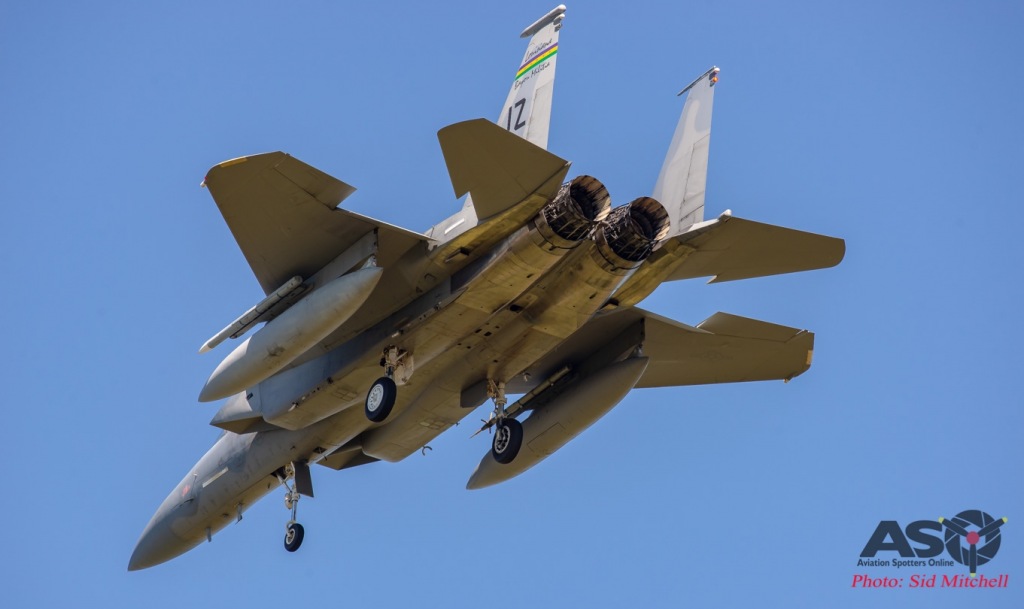
F-15C Eagle from 122nd Fighter Squadron ‘JZ’ Louisiana Bayou Militia, operated by 194th Fighter Squadron of 144th FW Fresno ANG Base, California.
“The F-15s have been acting as Red Air (defensive) and Blue Air (offensive) – ‘Depending on the mission construct and demands for Red Air, given the different mission scenarios that are being presented, there’s different levels of Red Air at different times, numbers and periods where Red Air has to cover. The capablilities of Red Air is varied throughout the exercise and we utilise the F-15 where it’s best suited to replicate some advanced capabilities.”
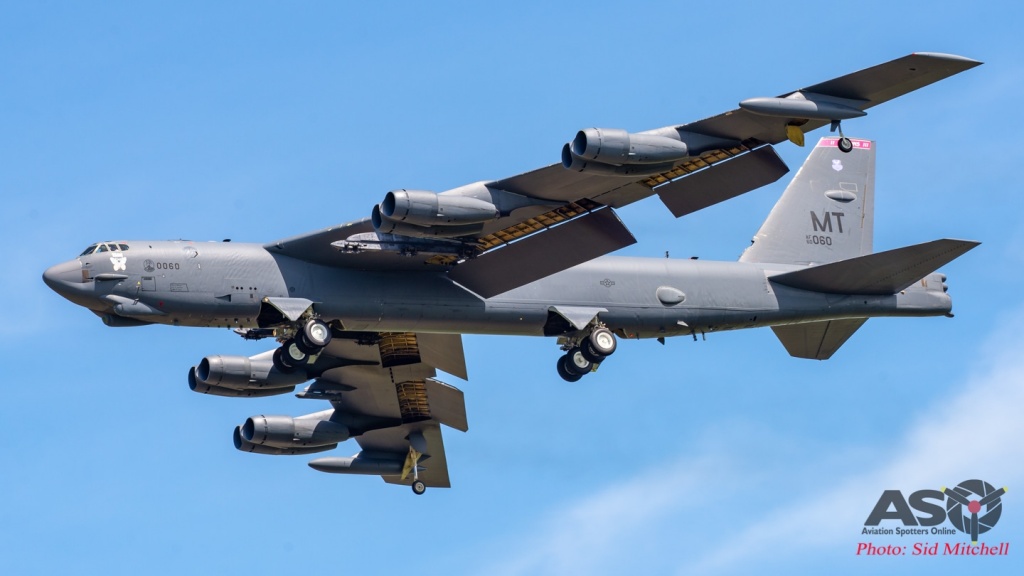
USAF B-52H 60-0060 ‘Iron Butterfly’ from the “Barons” – the 23d Bomb Squadron, 5th Bomb Wing, Minot AFB, Nth Dakota
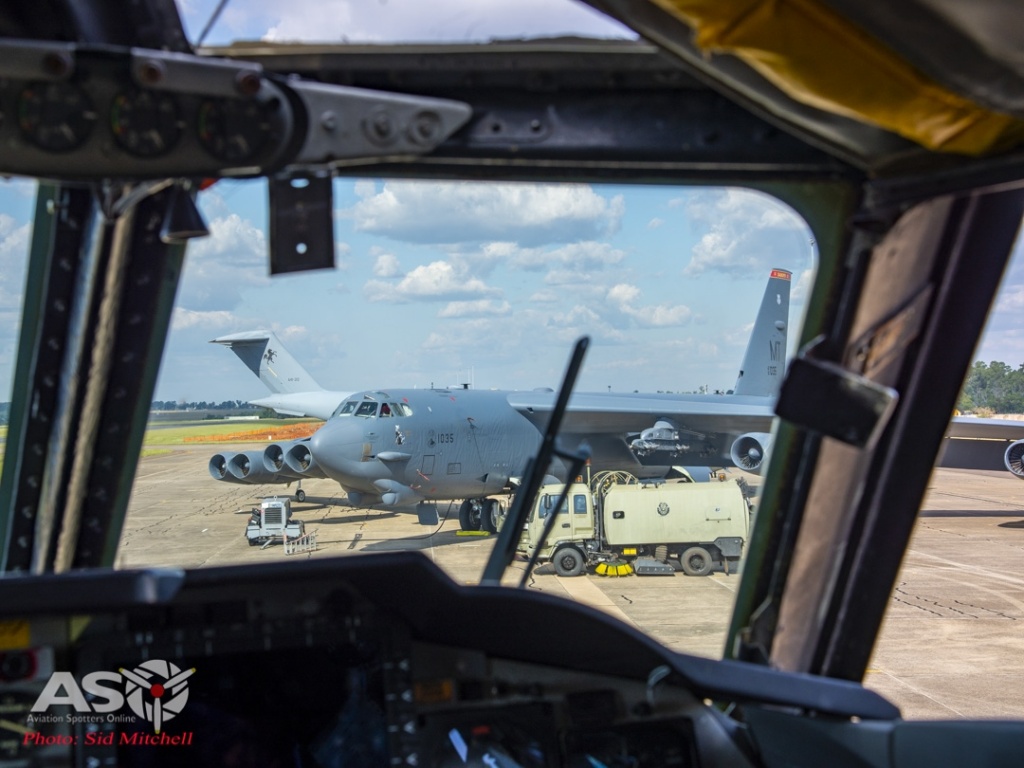
USAF B-52H 61-0035 ‘Witches Brew’ from the “Barons” – the 23d Bomb Squadron, 5th Bomb Wing, Minot AFB, Nth Dakota
“The B-52s were part of the whole integration – so when we are talking about dedicated strikes the B-52 excels. The payload that they can carry allows us to service a large number of target sets in a pretty short space of time. Challenges presented are that they need to be defended against Red Air. That’s where the whole Offensive Counter-Air (OCA) comes in to play so that we can set the environment to allow access for a period of time for any strike assets, be they other Classic Hornets, Super Hornets or B-52 which needs looking after as they don’t have a self defence ability except electronic warfare.We had multiple impact points to hit with precision weapons, thats where the B-52 comes into it’s own being able to carry so many and deliver them in a short period of time”
“This will be the last AWIC 2OCU conducts, we will have Classic Hornets participating in 2021 as 75Sqn still operates them at that stage. As for 2OCU we have run FCI from 1954 until now and to retire the Classic Hornet is bitter-sweet as she’s a great jet, serviced very well. Takes a bit more maintenance than she used to but our team has beeen achieving really good results up here. Were just maximising the capabilties of the jet when integrated with other assets. That’s where we still have a big role to play, we’ve integrated with the Super Hornets, Growler, E7, and other capabilities that we’ve got, so she’s still going strong.”
“The Hornet and Super Hornet are multi-type platforms so they have been involve in all aspects so we start out with simple strike training, then we moved onto large force employment. Part of the key training in AWIC is flexibility, and to be able to dynamically re-role in response to a change in the situation.”
“Everyone here is aware of their own capabilities and the key of Diamond Storm is being able to intergrate those capabilities and to learn and understand what other platforms bring to the fight so that we can best employ them if the day ever comes , in particular we have to opportunity to having everyone co locate to Darwin and being able to do that face to face. Having that knowledge from Diamond Storm (knowing the other platform’s capabilities) allows contacts, people to talk to and we have a very good awarenes of what those capabilities are based on in Diamond Storm exercises.”
“In previous AWICs the scenarios given to the candidates were also developed and increased in complexity above the previous courses based on additional platforms, for example Growler is playing for the first time in this AWIC. That brings an absolutely amazing capability to the RAAF that we have never had before, in fact for the ADF, that we’ve never had before. They have been operating for a couple of years but never in the AWIC sphere of such a large force exercise.
With reference to the F- 35 at AWIC – “So at this stage the F-35 is currently planned for 2025 AWIC, however post 2019 exercise and depending on the progression of the current 35’s at 3 Squadron etc, there will be a decision made as to whether they will be integrated into the 2021 AWIC as well, be that potentially as a Red Air role or participating with Blue Air with students from the course as well. As I said, that’s yet to be confirmed or decided”
“We don’t want to progress to quickly – obviously our pilots are relatively junior on that platform and they need experience on that platform to arm them with all the tools and the knowledge to go into the AWIC sphere – its a very complicated and complex environment so we have to be sure the students have the capabilities and have been provided with the training opportunities to prepare them for such a course.”
“The course candidates need to adapt to challenges presented to them in the AWIC and use gains and loss lessons to improve their tactics- “One of the prime capabilities is to have a tactical expertise on their jet and get more expertise on other specific platforms. At the begining of the exercise that expertise is only at a certain level and the aim is to take that as high as possible, so to be able to face-to-face during mission planning cycles where a problem is presented to the candidates and to be able to actually grab a Growler crew, Super Hornet crew, and bring them together and say – ‘Right this is the problem set we have – we need to suppress this enemy air defence system, what can the Growler bring against that system, what weapons do we need to employ from our standpoint against the target area?’ To just be able to eyeball (meet) with those people to provide direct inject of their subject matter expertise into the problem set to devise the best solution possible within the timeframe given. Noting that they don’t have two or three days to plan the mission – they are given a specific number of hours to come up with a resolve – then actually brief and execute – so there is a time pressure component in there as well”
“Having the time during the mission the candidates learn lessons out of it, but then to go away and talk through the mission afterwards they learn from it as well. With some of the security levels of some of the platforms it can only be discussed in certain areas and we have the ability to get people into that space and talk at the approriate levels so the candidates can fully understand and exploite those capabilities and also understand the limitations of those platforms, so they can plan methods to mitigate and counter those capabilities.”
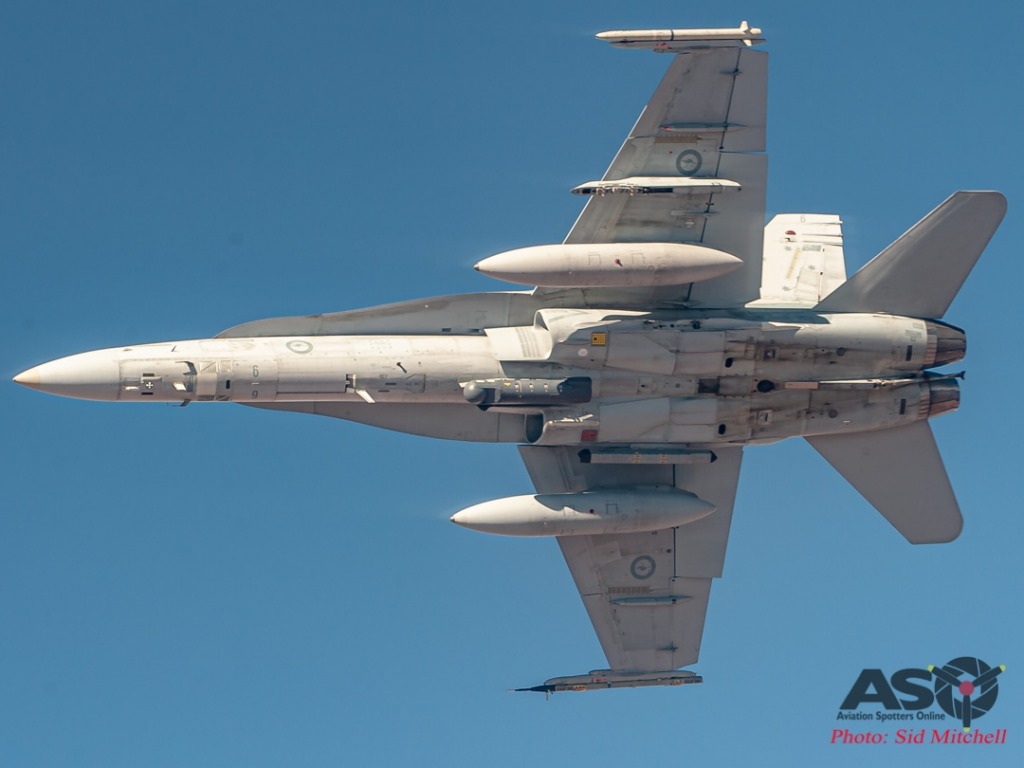
F/A-18A Classic Hornet A21-6 breaking away after air-to-air refuelling
“The airspace and facilities such as Delamere Air Weapons Range (DAWR) and Bradshaw Field Training Area (BFTA) near Katherine are designed to have live weapons dropped upon them – ” The first week we were up here was not actually Diamond Storm, it was the Air to Surface component of AWIC, so primarily focussed on Classic Hornet, Super Hornet, Growler and E-7 integration. Then in the first two weeks of Diamond Storm there were limited live weapon opportunities as we have to go to a specific range area which places limitations and restrictions. Obviously in a real world operation we don’t have to talk to a range to get permission to drop a weapon, follow specific attack headings or weapon restrictions. Hence we have moved away from dropping of live weapons early on to now where we aren’t dropping any weapons, so that we can target effectively anywhere across the area of operations using simulated weapons loads. We’re carrying simulated JDAMS which gives us all the information of a real weapon.”
How capable was Red Air which was mainly based out of RAAF Base Tindal 350km to the south of Darwin- “We used F-15’s in both Blue and Red forces, also the Growler, they had full air control support from E-7 and ground based control. So it wasn’t just a simple Red Air presentation, it was very complex and again depending on mission set, it’s all being managed by a Mission Director who controls the amount of Red Air and on what timelines they present. We also need to ensure that Red Air isn’t too overwhelming so we don’t acheive what we’re actually out to do – for example a strike with dynamic targeting roles as well. So Red Air is managed to allow a presentation (enemy force) on ingress that they have to deal with and push them back, then a period of time where they are allowed to do what they need to do. Given it is AWIC 2019, we have faced the biggest Red Air challenge to date.”
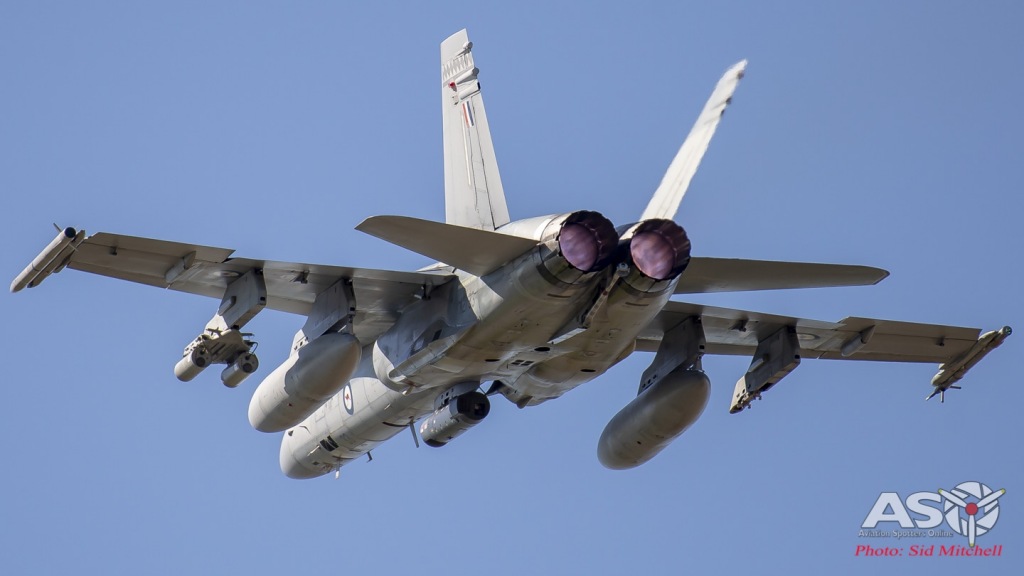
A21-33 operated bt 2 OCU departing RAAF Base Darwin for the exercise airspace (two weapon simulators on stn 4)
As to deployments by those candidates that pass through 2OCU and AWIC – “2OCU has always delivered what 81 Wing has required of the graduating candidates on the Classic Hornet. Lessons learned out of the Operation OKRA deployment were fed back into tactics and procedures, and as an overall, it reinforced that the training we did at the time was appropriate. No one required any additional training beyond what they’d already been provided by 2OCU and the categorisation and progression at their squadrons as they gained more experience. But the fundamentals did not change at all. It was literally fine tuning procedures and interoperability, working together with coalition forces is where you identify issues where if we tweak that or do this, it’s going to make us easier to be interoperable in the future. That’s key for us being a relatively small force – we need the ability to to go and integrate with another force at a moments notice, and operate very efficiently and very quickly. That’s the benefit of Operation OKRA and exercises like Pitch Black and during AWIC.”
As to the future of the Hornet – “The Hornet has served us so well and Operation OKRA proved it still has mission capablity in different areas, the technology is getting out dated hence it is being replaced. To that end it has served us very well and still provides us a good front line capability through until we replace all of our jets.”
On 2OCU – ‘The ability to take junior male and female aircrew and bring them through a fighter conversion and graduate them from the other end and see the fruits of your labour going on for the next couple of years as they progress through the fighter squadrons is just immensely rewarding. So as a junior pilot you don’t ever picture yourself ever being or wanting to be an instructor, you just want to get out there and fly and learn. Thats good, we need people to do that but they will eventually get to a point where we either turn you into a Fighter Combat Instructor (FCI) or do a Qualified Flying Instructor and Operational Flight Instructor role, and take that experience and feed it back into the junior pilots that evolve into the next generation. So every instructor on my team and those I’ve ever worked with, has a passion and can see the rewards of their labour and contribute directly to the future fighter force for Australia. That is immensely rewarding for all of us and to command such a team as I do, having the most experienced pilots in 81 Wing on Classic Hornets doing that instruction, it’s amazing and to bring that all together on an AWI Course, combined with 82 Wing bringing all the high end instructors we have around the Airforce, the capabilities we can generate out of that is just incredible.”
“Dawn Strike will be as big as we can make it – all these jets up here have to get back to Williamtown on Dawn Strike day along with the Super Hornets and Growlers who participate, because the Patching Ceremony will be done down at Williamtown after the dawn strike. We have fifteen Classic Hornets and in the order of a fourteen Super Hornets and Growlers up here who will be heading back along with the E-7 and a KC-30 helping us back. Obviously being opposed by Red Air back at Williamtown”- Woody says with a grin.
We thank Wing Commander Woodland and take the opportunity to photograph him and the pride of his 2OCU fleet the ‘Tiger’ F/A-18B Hornet, A21-116. 116 has been painted up in the scheme in celebration of Hornet operations with 2OCU from 1985 through to 2019 and may well stay that way until the Hornets have departed the squadron. Woody continues to chat amongst us and the Techos for about 15 minutes before we pack up, we have more to photograph and he has a very proffessional team of instructors and candidates to get through the last days of Air Warfare Instructors Course 2019.
In the wrap up Exercise Director, Group Captain Matt McCormack, said – “It has been a very busy month at RAAF Darwin and RAAF Tindal as we reach the conclusion of this specialist course that has tested the candidates in a range of high-end warfighting scenarios.They represent the next generation of tactical and integrated warfare leaders across the Air Combat spectrum.”
From those early days of Wing Commander R C Cresswell and his first FCI course to the current group of candidates, the AWIC has evolved out of nessessity, experience, tactics, technology and forward thinking. Looking forward it will be interesting to see the introduction of a new platform, the Lockheed Martin F-35 Lightining II and what it brings to AWIC – new challenges and technology and from that comes changes in the way the Royal Australin Air Force delivers training to future Candidates selected for the Air Warfare Instructor Course.
And for those that can get to RAAF Base Williamtown on 31 May for the “Dawn Strike”, I suspect you won’t be dissappointed at the action that formally concludes Exercise Diamond Storm 2019. For some brilliant pics of 2017 click here (Dawn Strike 2017)
ASO would like to thank Defence Media and the RAAF Public Affairs Office during Diamond Storm for providing a number of unique opportunities to peek behind the scenes and obtain a glance at the inner workings of a major exercise. Many thanks go to Wing Commander Scott ‘Woody’ Woodland for his time to explain the processes and challenges of training the best as they progress through the AWIC at 2OCU.
Sid Mitchell
Photographer ASO

